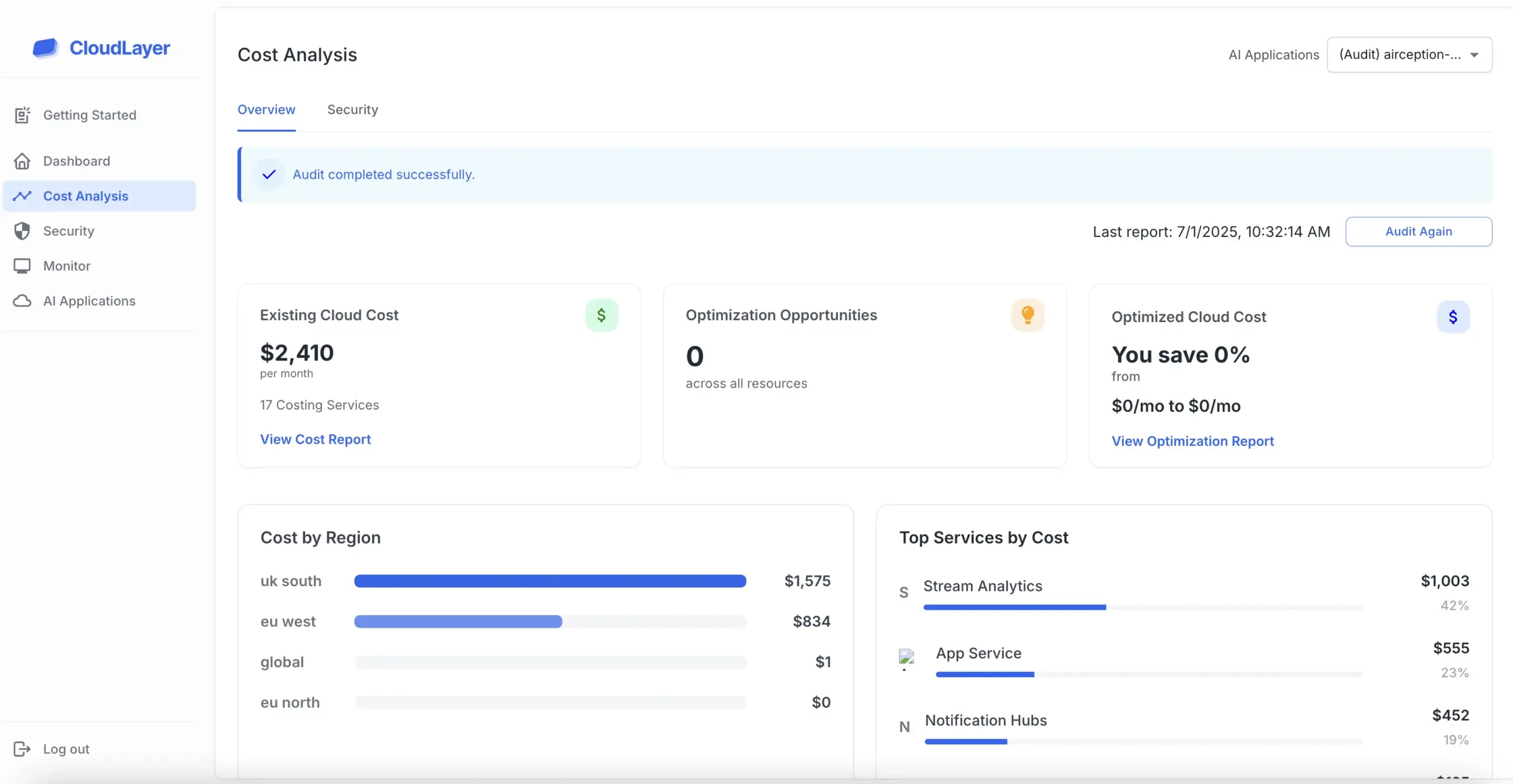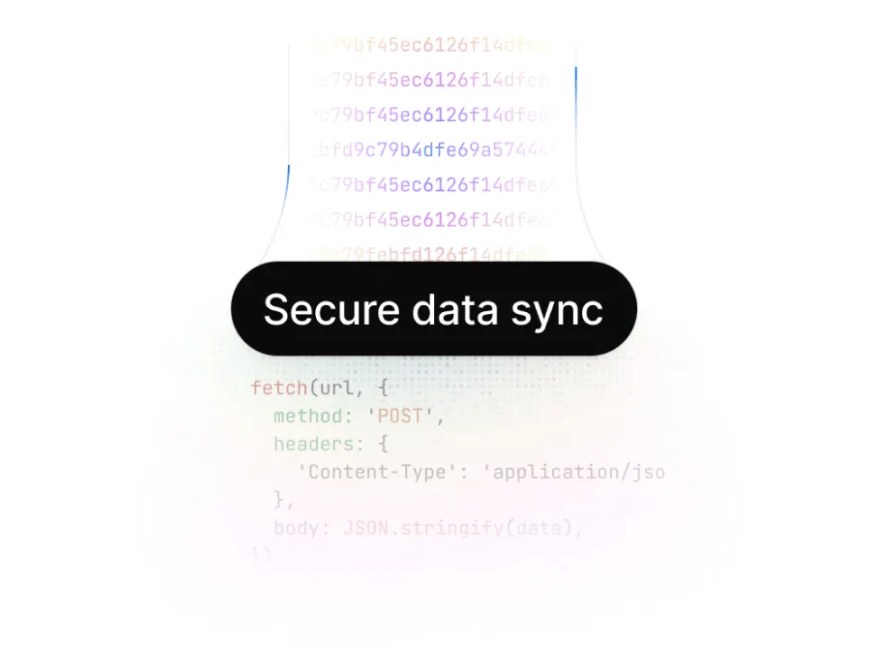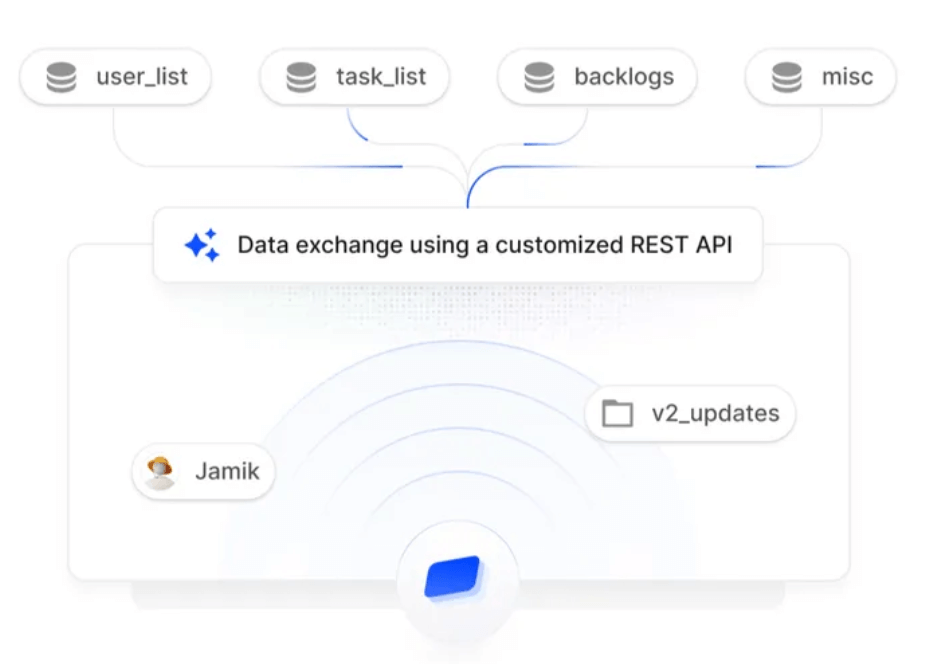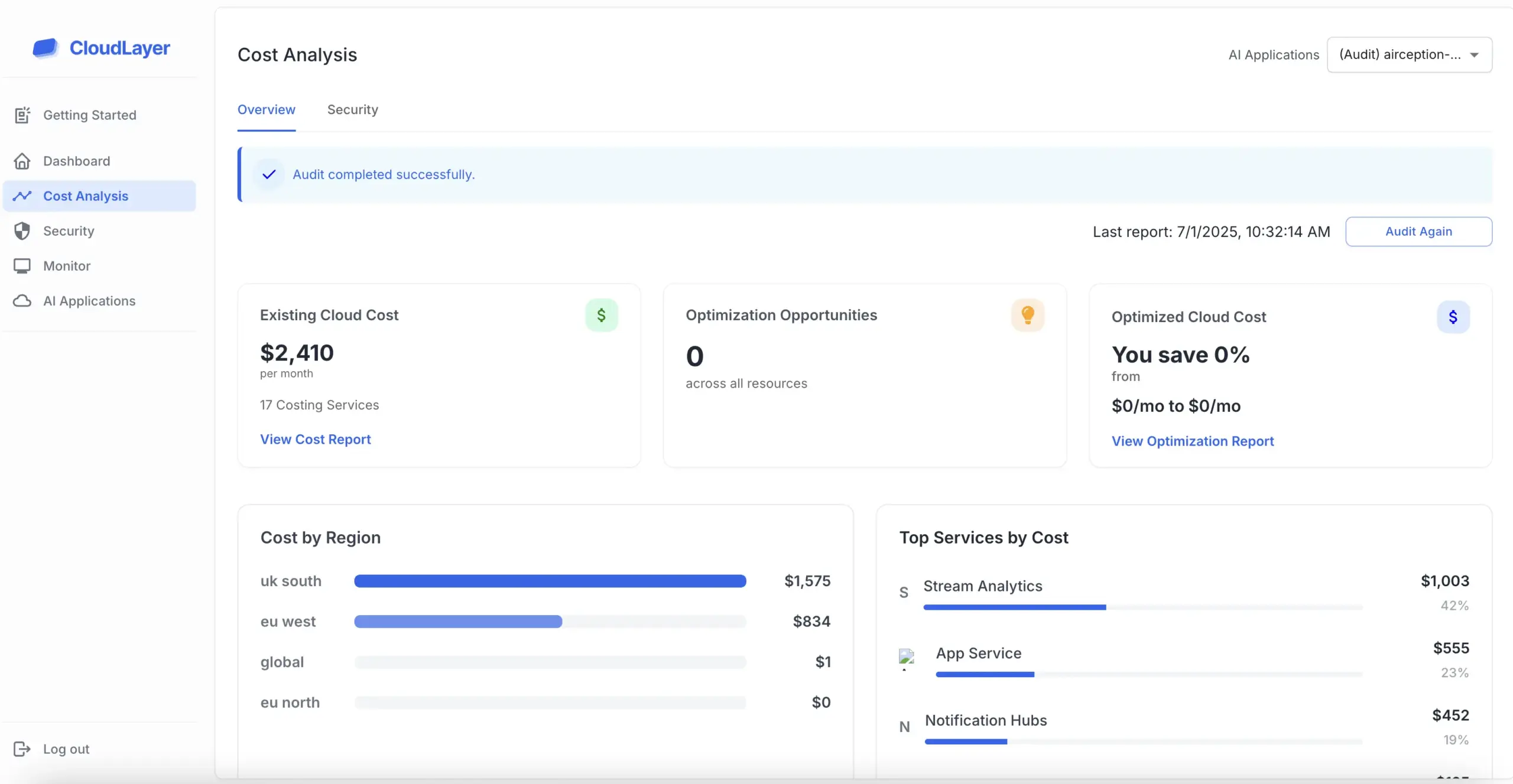

The CPU, often referred to as the brain of the computer, is responsible for executing instructions and processing data. It handles the majority of the computational workload, managing tasks such as running operating systems, applications, and performing calculations.

On the other hand, the GPU is designed to accelerate the rendering of graphics and images. It excels in parallel processing, making it particularly effective for tasks involving complex visual computations, such as gaming and video editing.

One of the main differences between a CPU and GPU lies in their architecture. CPUs typically have a few powerful cores optimized for sequential processing, while GPUs consist of thousands of smaller cores designed for parallel processing.

The applications for CPUs and GPUs vary widely, with CPUs being ideal for general-purpose computing tasks such as running applications and managing system resources. Conversely, GPUs shine in scenarios requiring intensive graphics rendering and complex mathematical computations, such as machine learning and scientific simulations.

Start using CloudLayer and experience a new level of efficiency.
